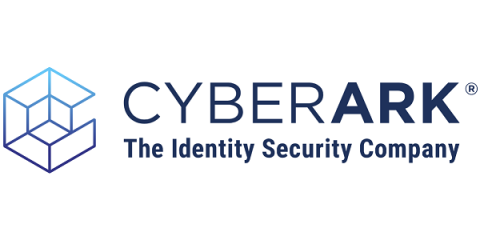What Is Cross-Site Scripting?
Cross-Site Scripting (XSS) is a web security vulnerability that happens when cybercriminals inject client-side scripts into web pages accessible by other users. These scripts compromise the web page and allow cybercriminals to inject malicious scripts into a user’s browser, leading to the exposure of data, session hijacking or manipulation of the web page’s content and functionality.











